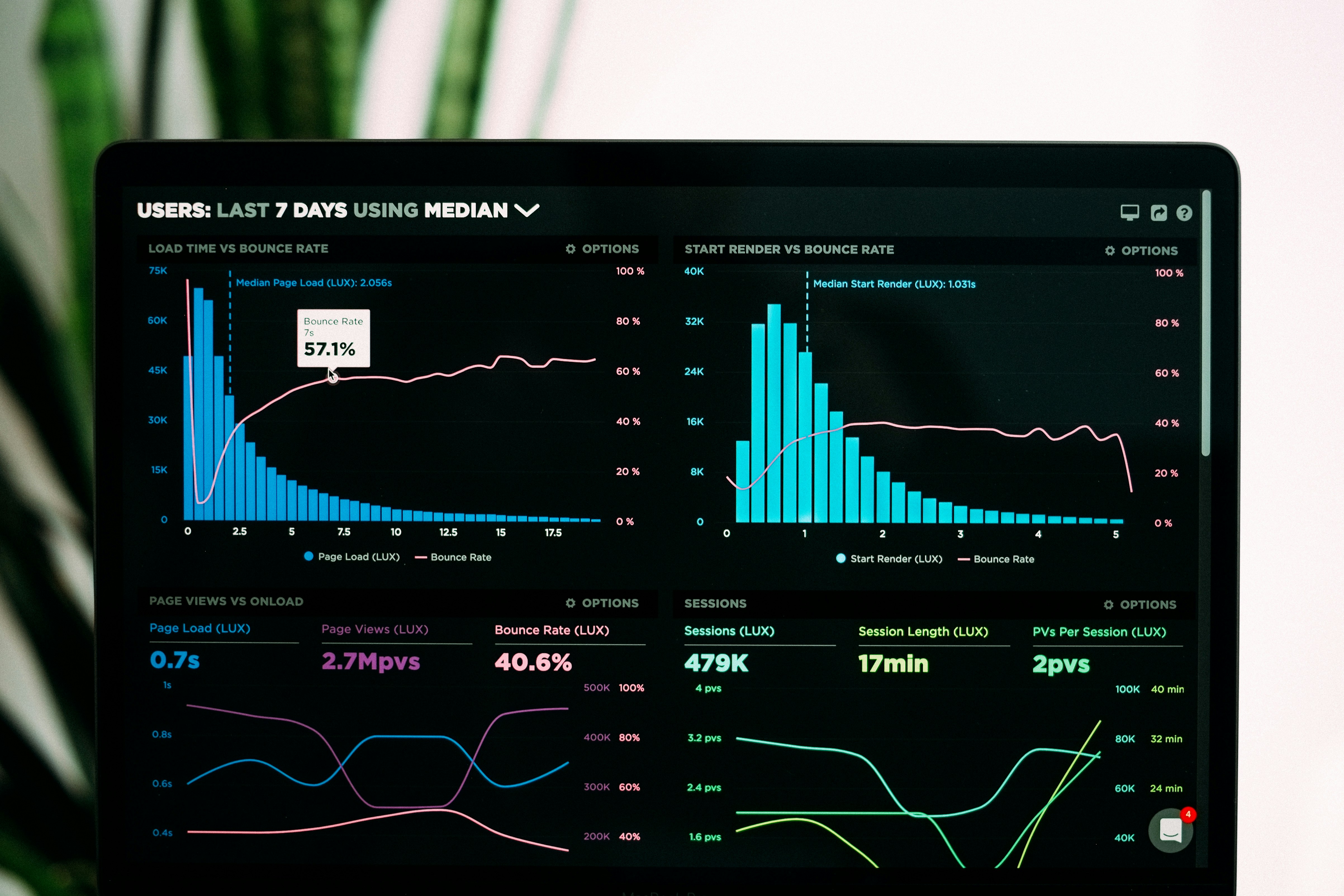
Best Ways To Leverage Data Science For Better Business Intelligence
Sales teams notice a new pattern in the data and turn it into an exciting product concept, while marketers adjust campaigns using direct feedback from customer behavior. This intersection is where data science and business intelligence come together to create real value. With the help of statistical models, advanced algorithms, and straightforward visualizations, anyone can make informed decisions, reduce expenses, and increase profits. This guide explores essential concepts, practical techniques, and the most useful tools to help you achieve meaningful results in your organization.
Advertisement
Foundations of Data Science for BI
Data science begins with gathering the right information. You collect sales figures, website clicks, customer feedback, and sometimes external sources like economic indicators or social sentiment. Then you clean and structure that data so it works in your models. Proper preparation prevents errors from affecting your insights.
After cleaning, you explore the data: you spot patterns, outliers, and correlations. That process often uses simple stats—means, medians, variances—but it can reveal surprising stories. These steps set the stage for deeper analysis and ensure you base your decisions on accurate signals.
- Data ingestion: Automate feeds from databases, APIs, spreadsheets.
- Data cleansing: Remove duplicates, fix missing values, standardize formats.
- Data transformation: Aggregate, pivot, and reshape data for modeling.
- Data storage: Use data warehouses or lakes that scale with volume.
Core Data Science Techniques
Building predictive models helps you forecast demand or churn. Regression and classification enable you to handle continuous outcomes or categories. Clustering groups similar customers or products, uncovering segments that might escape initial notice. Here’s a quick list of effective methods:
- Linear Regression: Predicts a numeric outcome such as monthly revenue.
- Decision Trees: Split data based on criteria to guide choices.
- Random Forests: Combine many trees for more accurate predictions.
- k-Means Clustering: Identify groups with shared traits.
- Time Series Analysis: Spot seasonality and trends in chronological data.
You validate every model by splitting your data into training and test sets, then measuring how well the model performs. Use metrics like accuracy, RMSE, or precision and recall depending on your business goal. This cycle of building, testing, and refining keeps your work aligned with reality.
Integrating Data Science into Business Workflows
Turning insights into action requires embedding data science into daily routines. You must collaborate with analysts, marketers, and operations teams. Hosting joint workshops helps everyone understand the basics and share pain points. Clear communication ensures insights reach decision makers directly.
Create dashboards and alerts for key metrics. When sales fall or web traffic spikes unexpectedly, the right person gets notified immediately. Embedding models into tools like CRMs or supply chain systems automates recommendations, so users don’t need coding skills to benefit from analysis.
Essential Tools and Platforms
Choosing flexible software accelerates development and sharing. You want solutions that allow you to code, visualize, and collaborate without excessive overhead. Combine open-source packages with commercial options when appropriate.
- Python libraries: Use pandas, scikit-learn, and Matplotlib for data handling and modeling.
- R environment: Use ggplot2 and caret for statistical analysis and plotting.
- Tableau: Build interactive dashboards that anyone can explore.
- Power BI: Connect to many data sources and share reports within Microsoft ecosystems.
- Cloud platforms: Use AWS or Azure for scalable storage and computing resources.
Features like version control and shared workspaces help everyone stay aligned. When an analyst documents a script in a Jupyter notebook or an R Markdown file, teammates can review, comment, and reproduce results quickly.
Evaluating Impact and ROI
Measure benefits by calculating cost savings or revenue increases from data-driven projects. First, establish baseline KPIs before launching a solution. If your model predicts inventory needs, track stockouts or overstock reductions after deployment and compare with historical levels.
Run small-scale pilots to test new techniques before full deployment. Lean experiments help you identify unforeseen issues and measure early gains. Present results with clear visuals, like before-and-after charts, so stakeholders grasp the value quickly.
Overcoming Common Challenges
Many teams face issues with data quality and siloed information. Address this by implementing data governance policies: define ownership, access rights, and standard definitions. That foundation prevents miscommunication and reduces hours spent fixing mismatches.
Skills gaps pose another obstacle. Not every department needs a PhD in statistics, but basic data literacy makes a big difference. Offer short, practical training sessions where participants build simple predictive models or create dashboards. That approach increases confidence and spreads best practices across your organization.
Start by mapping your data flows and testing a small project. Use the results to expand and improve your workflows today.
Advertisement